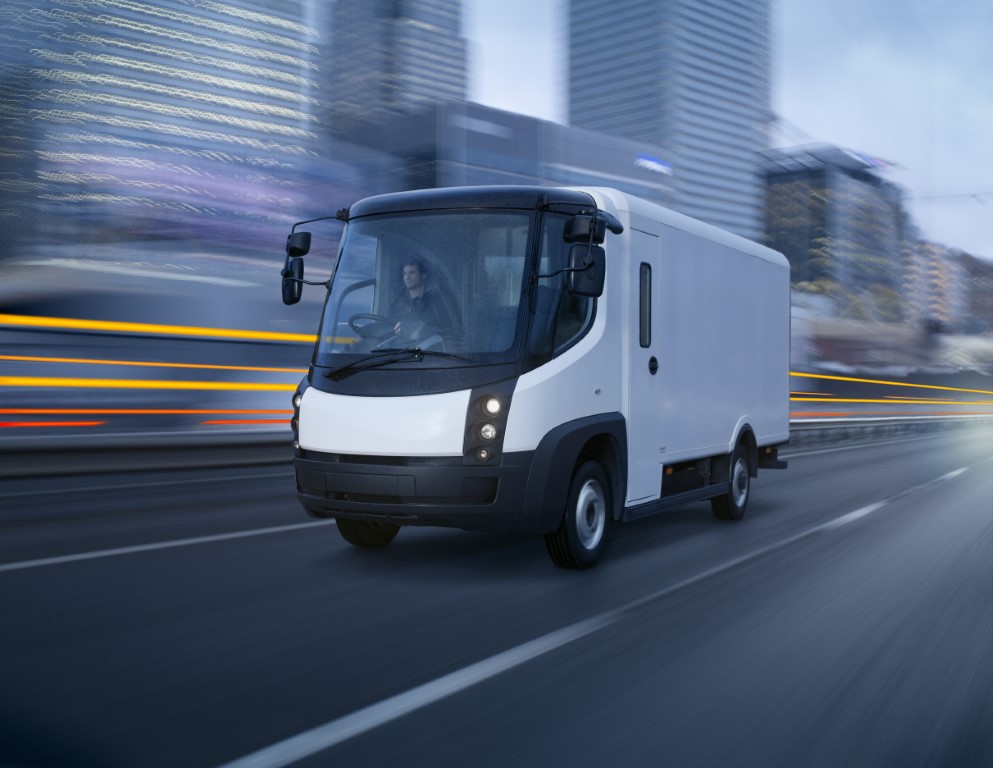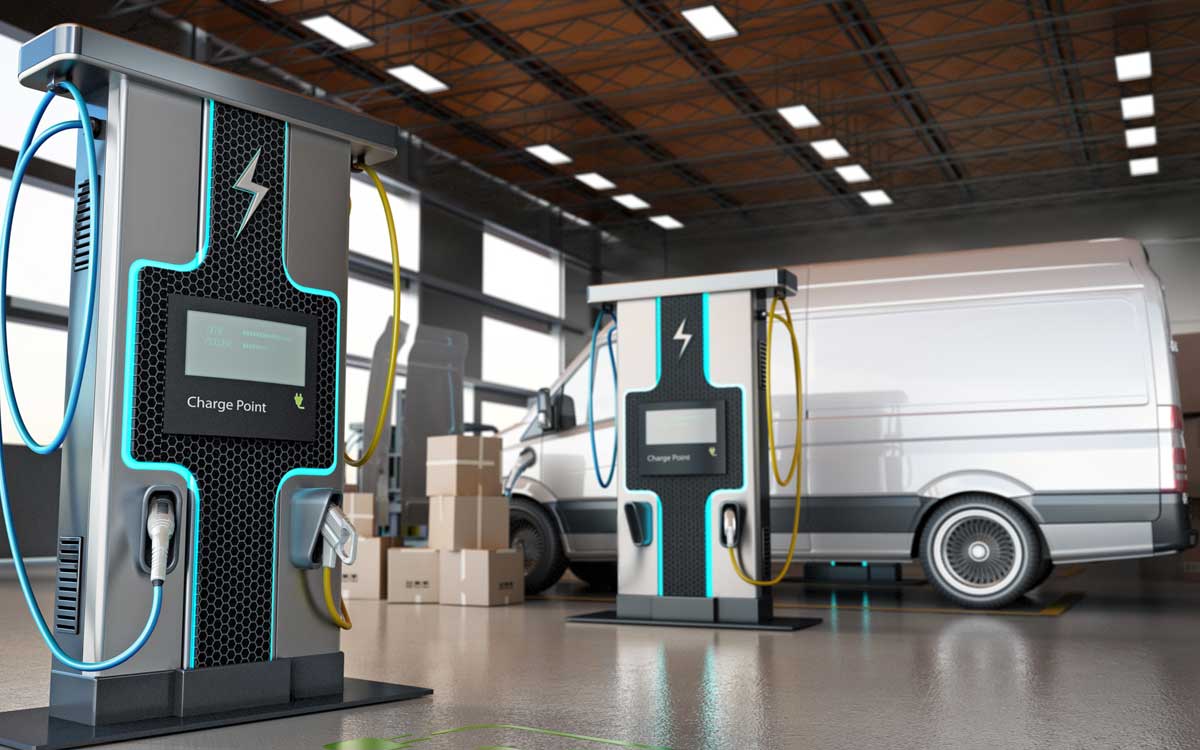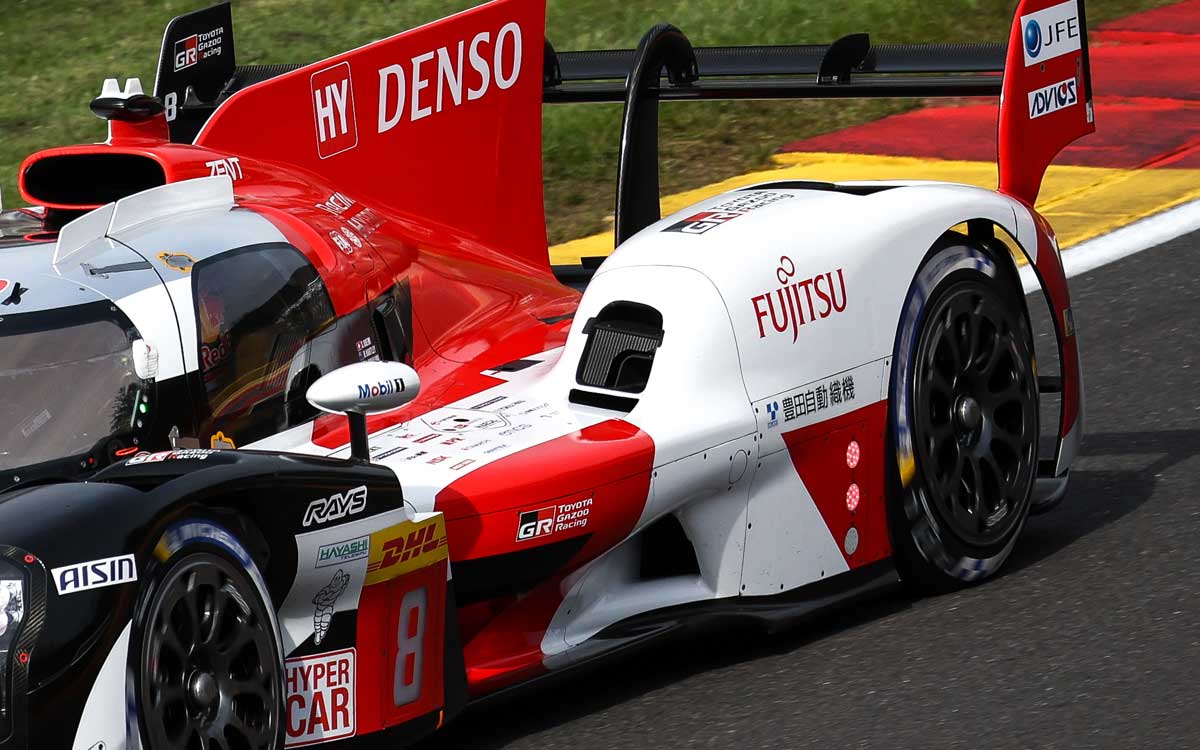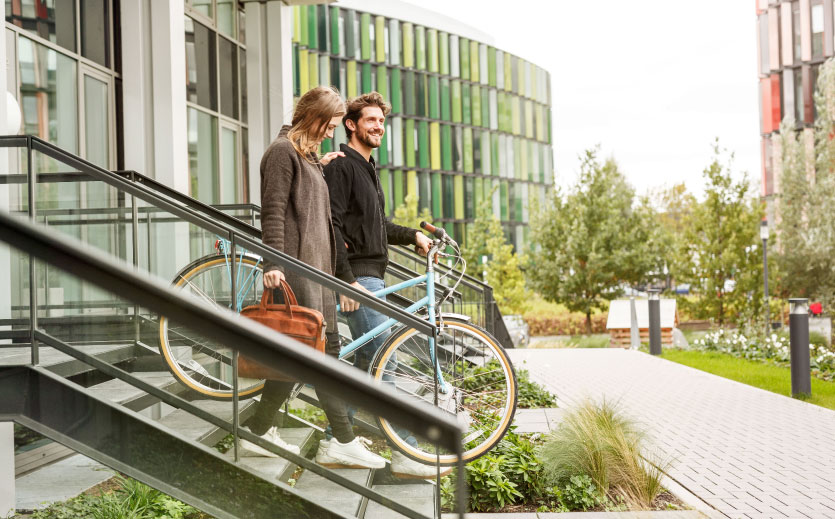
How convergence in the Mobility vertical demands new solutions
Things used to be so much simpler. When it came to moving people and things around, vehicle manufacturers were in their siloed industry vertical and so were all the other players - from public transport operators to highway maintenance providers.
But not anymore. Blurring of boundaries is everywhere and multiple sectors are colliding to create the new vertical called ‘Mobility’ – and incredible new business and revenue opportunities for those agile enough to create innovative customer experiences.
Just take personal transport. Automobiles are now becoming connected and more autonomous, with more and more vehicles looking to transfer megabits per second of telemetry data. Ownership is being replaced with on-demand ride-hailing with its vast digital footprint.
Electrification is not far away now and requires much tighter digital integration with national power grids, regional distribution, and local recharging networks. Old challenges like congestion and pollution have produced responses from governments such as “smart” highways for traffic flow optimization and from manufacturers with vehicle route optimization.
To deal with these changes, mobility providers are bringing together more and more data from across multiple industry boundaries -all of which used to be clearly demarcated. And the ability to uncover insights and leverage efficiencies from this digital explosion - and create new user experiences from them - is bringing profound advantages to whoever gets there first.
But could there be a computing system capable of taking in all this information, assessing the overlap between all the data points, and calculating the optimal choices for each journey, every second? Is that ever going to happen?
A new capacity for understanding complexity
Yes, it already is. Right now, Fujitsu is providing optimization services capable of taming this opportunity.
Few recent mobility challenges have been more important than getting the right protective equipment to people and healthcare workers through the pandemic. We are working with the US Government on optimizing the equitable allocation of PPE in the United States while minimizing the mileage and time-traveled to emerging hotspots. Getting it right means delivering PPE faster and helping save lives.
To do that, we have demonstrated and validated the capabilities of our Digital Annealer, a quantum-inspired computing platform and related services, to the Department of Defense. The Digital Annealer solved this highly complex challenge in seconds versus days or weeks for traditional computing algorithms. In fact, one metric in the report – the efficiency of overall supply and demand allocation – showed the Digital Annealer outperformed a comparative algorithm by 90%.
And the more complex the optimization challenge, the greater the advantage with Digital Annealer. The DoD report shows efficiency increasing exponentially as new variables and larger datasets are added, using real-time data from various public and private sources.
Fujitsu Digital Annealer
Fujitsu's Digital Annealer is not a quantum computer, but it acts like one in certain classes of “combinatorial optimization” challenges. That makes it a ready-to-use alternative to quantum computing technology, which is at present both very expensive and challenging to run.
The Digital Annealer focuses on rapidly solving large-scale optimization problems - unsolvable in commercially-usable timescales using today’s classical computers. It does this without the added complications and costs typically associated with quantum computing methods. In this way, it bridges the gap to the quantum world and paves the way for much faster, more efficient solving of today’s business problems.
Beyond A to B - creating new mobility experiences
It’s not just digital abundance that is driving the necessity for computational capabilities on this scale. It is the overlap between datasets – once entirely separate – that digital technology makes possible.
What we once thought of as ‘transport’ is now colliding – in a digital sense – with multiple adjoining sectors: From manufacturing to insurance, ride-hailing, food delivery, domestic and freight logistics – and way beyond.
All these sources now generate vast quantities of digital data. Right now, the boundaries between them are still relatively intact – but they won’t be for much longer.
The pioneers among you are already looking to understand and exploit insights from looking beyond the traditional boundaries. You are looking for ways to create new, profitable user experiences based on factors other than merely getting from Point A to Point B.
Logistics is a great example. It is a vital part of the infrastructure supporting society, impacted by an extraordinary array of factors, including economic cycles, the weather, driver shortages, fashion, traffic congestion, emergencies, and the need to cut CO2 emissions – to name a few.
Fujitsu has teamed up with Toyota to show the use of Digital Annealer for the optimization of supply chain and logistics operations, essential for Toyota’s automobile production. We wanted to determine the optimal route for procuring parts from hundreds of suppliers, with the lowest distribution cost, from three million potential candidates.
The routes were not simple A to Bs but required delivery through several transit warehouses to dozens of factories. We wanted to factor in distribution costs based on variables, including the number of trucks, total travel distance, and the amount of work done in sorting packaged parts. And we wanted to do it quickly enough to provide input that could be used immediately.
Quite a task.
The outcome with Digital Annealer was optimal route calculations within 30 minutes that can reduce logistics costs by 2% to 5% by discovering effective, previously unidentified distribution routes, thereby improving loading efficiency and streamlining transportation-related expenses.
The sky’s the limit
And these are just today’s challenges. Because the technology has not been available until now to solve these mega-challenges, companies are only just starting to think of ways to take advantage.
How about space debris collection? If that sounds out of this world, we are already on the case with Digital Annealer. In collaboration with Astroscale, The University of Glasgow, and Amazon AWS, we are optimizing the spacecraft flight paths for space debris removal missions that would make this a commercially viable investment.
And, with several companies already announcing plans for drone taxis, there’s going to be a need to optimize the flight path of flying taxis for maximum ride-share utilization with minimum fuel consumption.
But it’s not just about eye-catching futuristic projects. With Digital Annealer, just about any aspect of how you interact with customers is now open for complete reinterpretation.
Insurers can overcome the difficulties in processing insurance claims with in-vehicle camera image analysis, using the Fujitsu Future Mobility Accelerator Digital Twin suite to process insurance claims faster, based on an objective, trustworthy report.
Ride-share service providers can distribute and provide the right amount of vehicles in the right locations at the right times for optimal utilization and cost.
Government and transport providers can come up with optimal charging point locations and smart energy hubs to ensure easy and continual availability of power all the way from customers’ homes to any destination within the city.
Right now, many organizations in the mobility space are working on improving customer experiences, looking at new revenue operating models and the technology stacks needed for the future.
Having a wise partner with technology capabilities like Digital Annealer will help them reach those goals and be ready for this new world. We would be fascinated to hear your ideas for optimization and learn how your organization is creating new mobility ecosystems for your customers. Feel free to connect with me.
For more info:
Watch our video below on solving complex business challenges using the Fujitsu Digital Annealer.












